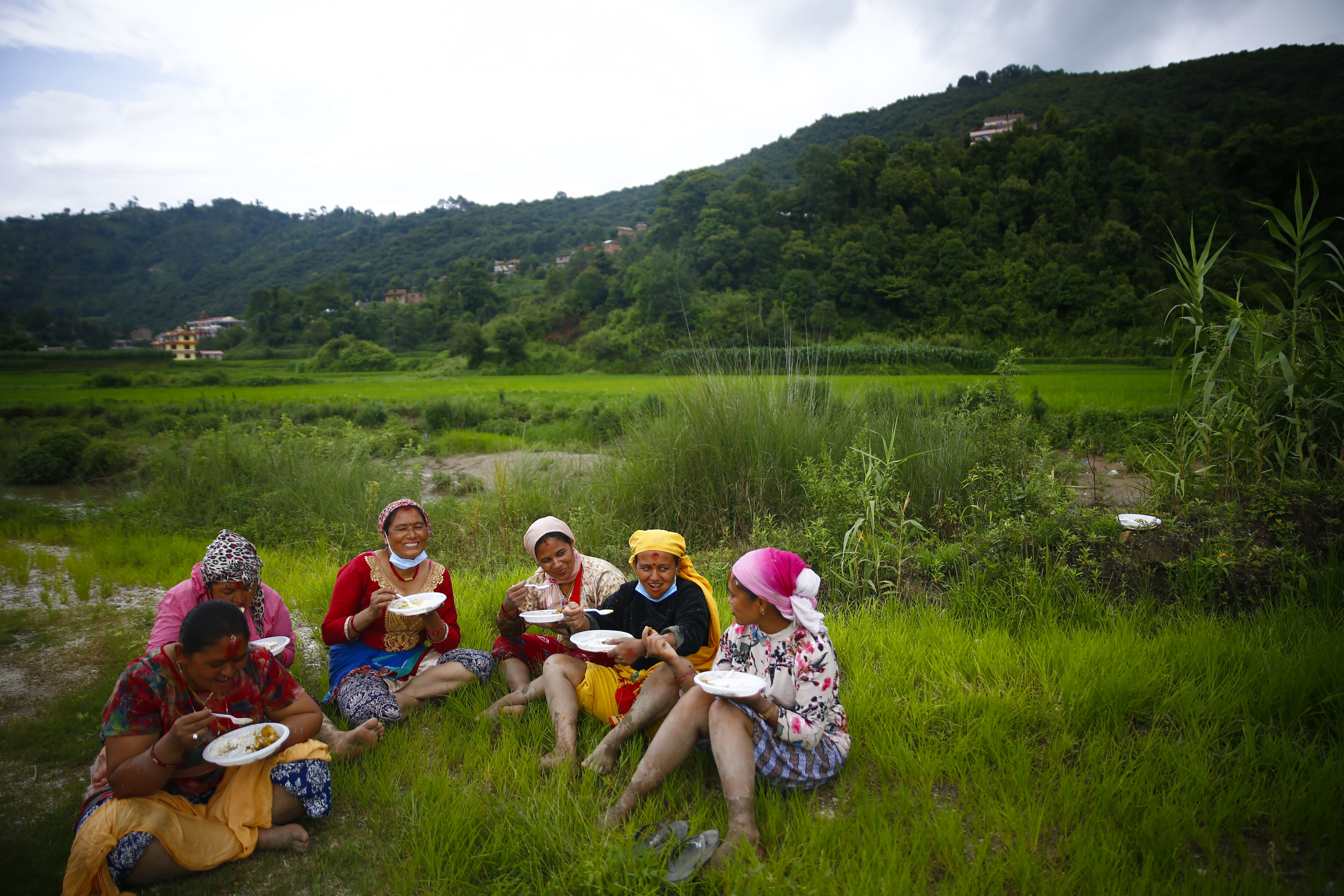World Bank elevates Nepal to ‘lower middle income economy’
Country saw its GNI per capita rise to $1,090 in 2019, but economists says it doesn’t mean much in terms of development
KATHMANDU, JULY 3
Nepal is now officially a lower-middle income country, an upgrade from its previous status as low income nation, according to the World Bank’s latest country classifications by income level published on Wednesday.
The classifications, which are updated annually on July 1, are based on gross national income per capita. Nepal saw its GNI per capita rise to $1,090 in 2019, surpassing the income threshold for lower-middle income.
Nepal’s GNI per capita in 2018 was $960.
The lower middle income status of the World Bank categorises countries with a GNI per capita of $1,036 to $4,045, while GNI below $1,026 is categorised as low income economy.
The upper-middle income status categorises countries with a GNI per capita of $4,046 to $12,535, while countries with a GNI per capita above $12,535 are considered high income countries.
The World Bank categorises countries into aforementioned four categories based on the economy’s GNI, which is influenced by different indicators, including economic growth rate, inflation and exchange rate.
While it is understood that GNI per capita does not completely summarise a country’s level of development nor does it measure welfare, the World Bank believes that it has proved to be a useful and easily available indicator that is closely correlated with other monetary measures of the quality of life, such as life expectancy at birth, mortality rates of children and enrolment rates in schools.
“It is important to emphasise that the World Bank’s income classifications use the GNI of the previous year (2019 in this case).
“Thus, the GNI numbers that are used for this year’s classification do not yet reflect the impact of COVID-19,” states the report.
As per the report, seven economies across the world have been moved to the higher category, while three economies have been moved to the lower category. While Nepal, Tanzania, Romania, Nauru, Mauritius, Benin and Indonesia have been elevated, Algeria, Sri Lanka and Sudan have been demoted.
Economists believe that the lower middle income status bestowed by the World Bank on Nepal does not mean much as it is simply a classification made by an institution.
“As the classification is made based on per capita, the bank graduating Nepal to lower middle income economy does not mean that we have made any notable achievement on the development front,” said Biswo Poudel, an economist.
It has to be noted that in 2018, Nepal had requested the Committee for Development Policy of the United Nations to withhold its graduation from the league of the least developed countries, which was duly accepted by the latter.
Nepal’s request to withhold the nation’s graduation was based on the fact that the country lagged far behind in terms of per capita income criteria, though the country had met other set LDC graduation criteria of the UN.
Graduation to the league of developing countries is expected to remove export preferences in developed markets for Nepal after a certain number of years, which will hit the private sector that has been seeking sustainability in terms of human asset index and economic vulnerability index.
A version of this article appears in e-paper on July 4, 2020, of The Himalayan Times.






